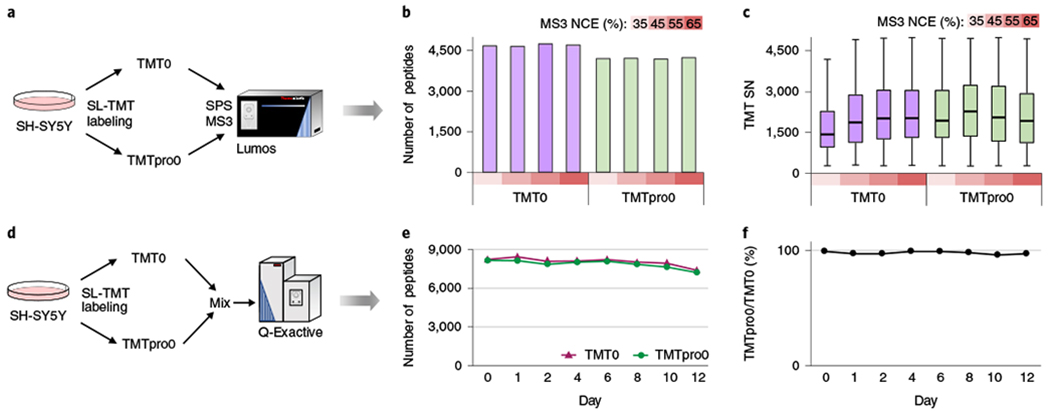Fig. 2|. Comparison of TMT0- and TMTpro0-labeled samples.

a, Trypsinized SH-SY5Y cell lysate was labeled with light (no heavy isotopes) TMT0 or TMTpro0, and analyzed by SPS–MS3. TMT0 has a monoisotopic modification mass of 224.1525. TMTpro0 has a monoisotopic modification mass of 295.1896. They both generate a reporter ion of a monoisotopic mass of 126.1277 by HCD. b, The number of TMT0- and TMTpro0-labeled peptides identified with increasing MS3 NCE. TMTpro labeling had an average of 10.3% fewer peptide identifications compared with TMT-labeling. c, Summed reporter ion signal-to-noise (SN) of TMT0- and TMTpro0-labeled peptides. Distributions are presented as box plots (center line, median; box limits correspond to the first and third quartiles; whiskers, 1.5× interquartile range). Numbers of peptides in each box are (from left to right): 4,656, 4,633, 4,723, 4,685, 4,187, 4,194, 4,168 and 4,220. TMTpro0-labeled peptides had a lower optimal MS3 NCE (45%) and generated higher reporter ion signal-to-noise than TMT0-labeled peptides at respective optimal MS3 NCE. d, Stability test for TMTpro0-labeled peptides. Trypsinized SH-SY5Y cell lysate was labeled with TMT0 and TMTpro0, respectively, mixed and analyzed at various time points (days 0–12) by HCD-hrMS2. The sample was stored at room temperature over the 12-d period. e, The number of TMT0- and TMTpro0-labeled peptides identified in the sample prepared in d. f, Proportion of TMTpro0-labeled peptides to TMT0-labeled peptides in the sample prepared in d.
